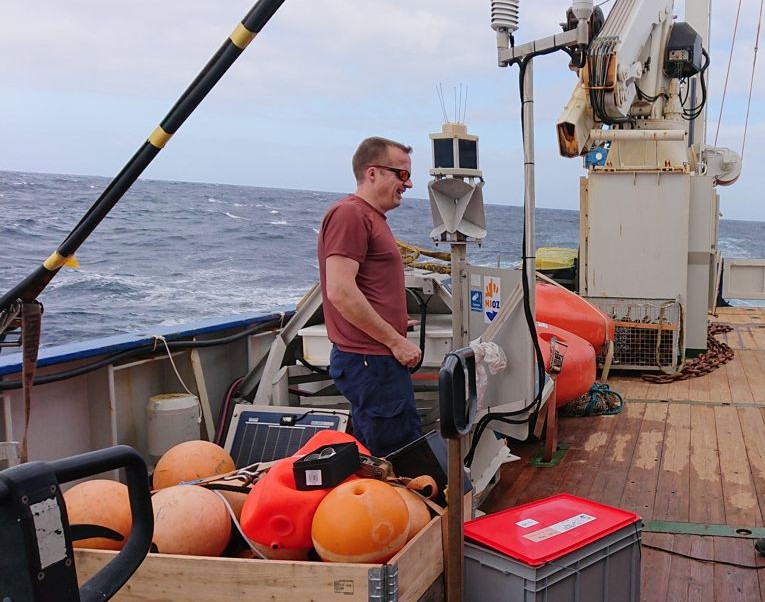Jan-Berend Stuut appointed honorary professor Aeolian sedimentology
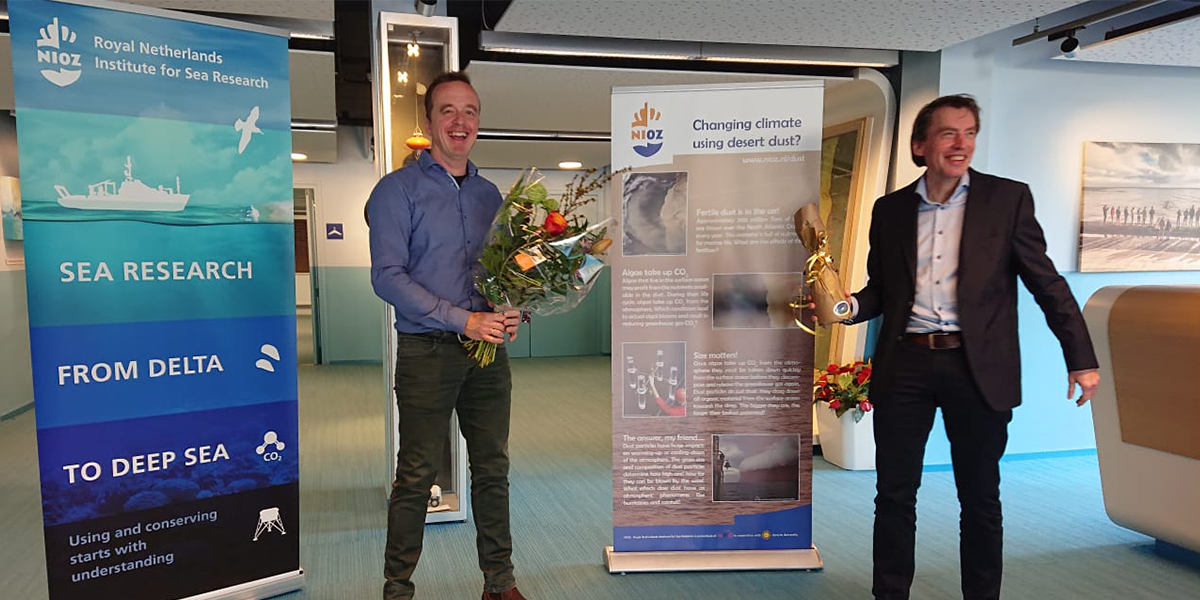
Stuut is fascinated by dust from a marine perspective. Stuut: ‘Desert dust from the Sahara contains nutrients, like phosphorus and silica as well as metals, like iron. It can therefore act as an ocean fertilizer that feeds phytoplankton. Through photosynthesis, phytoplankton sequesters atmospheric CO2 and produces the oxygen we breathe. This makes desert dust an important factor in global climate. Dust has been influencing global climate on geological time scales and with marine sediments we can try to unravel the earth’s climate history and the role that dust played. In addition, dust can potentially serve as a tool to mitigate climate change.’
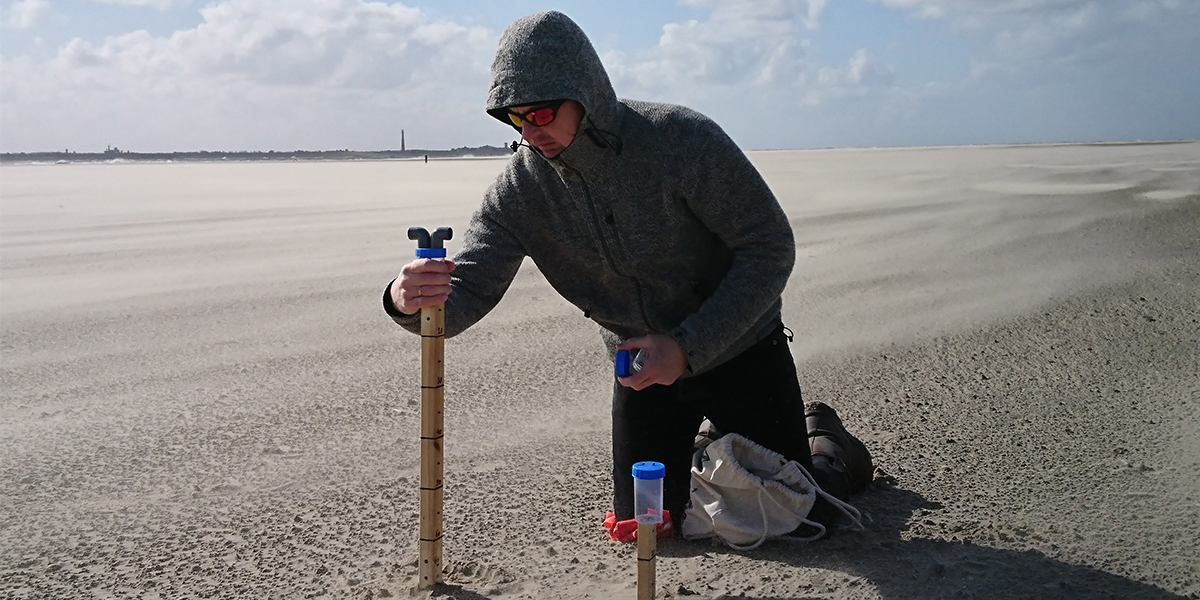
Through his appointment Stuut hopes to teach and inspire students and future researchers on the many roles that aeolian sediments play in the Earth System. ‘This new chair offers many opportunities to connect various different scientific disciplines, just as wind-blown dust connects land, atmosphere, and ocean.’

You can receive updates on his work by following his frequent blog on Dust #welstoffignietsaai. For example on the Saharan dust outbreak in Europe this week: https://www.nioz.nl/en/blog/dust/saharan-dust-in-europe
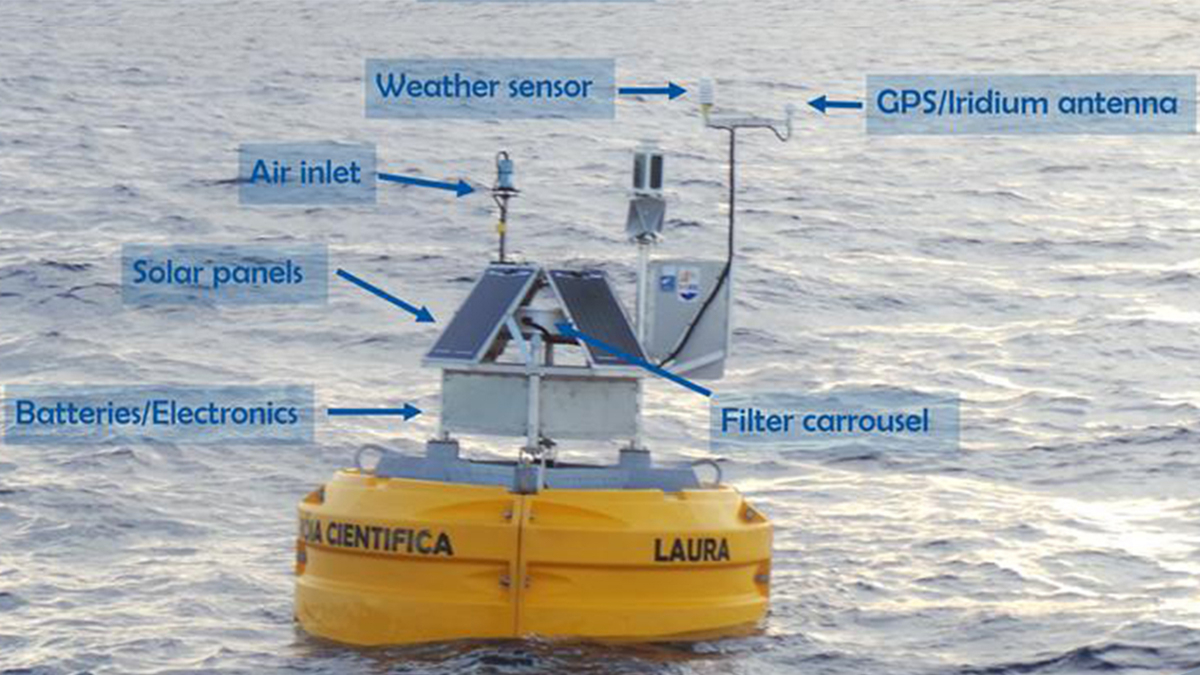
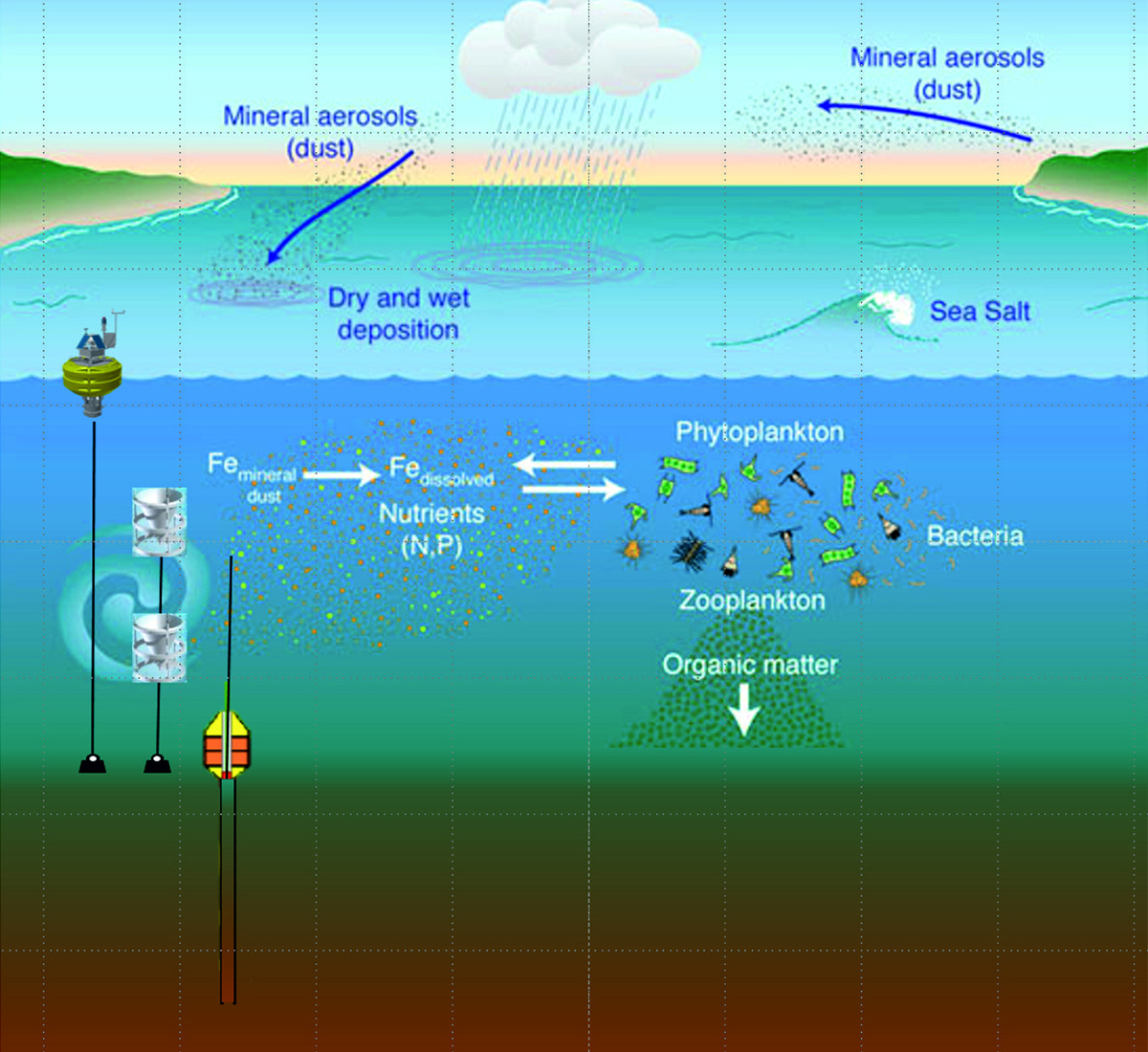
There are many more negative and positive climate-related effects but the main link to the ocean is the fact that marine life may profit from nutrients in dust. When plankton reproduces, it takes up CO2 from the atmosphere. Thus, dust could potentially act as an ocean fertilizer, sequestering a greenhouse gas!
